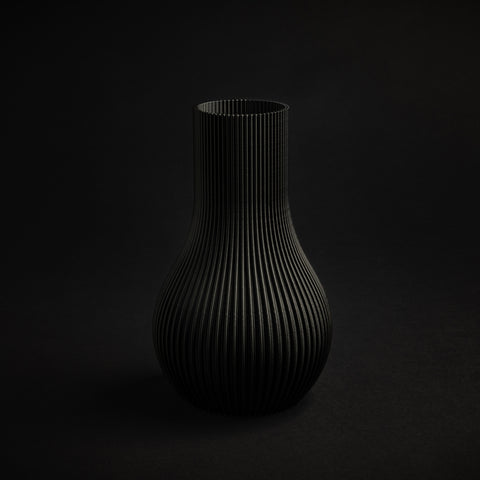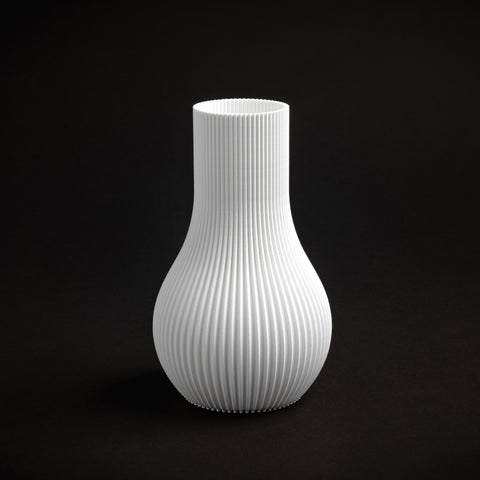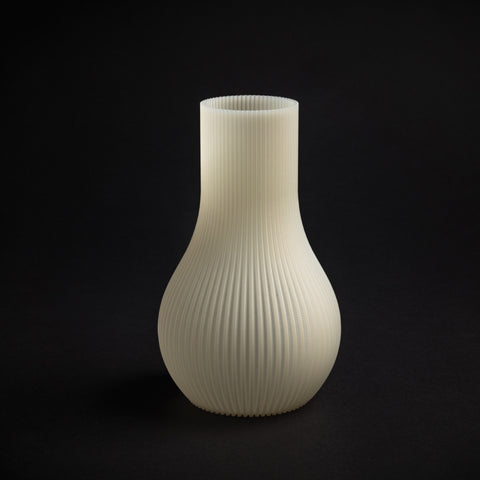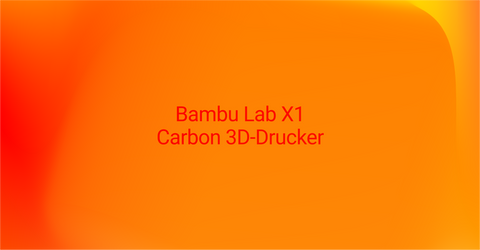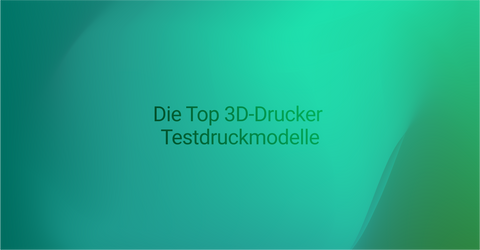TL;DR: A 3D printer is a machine that creates three-dimensional objects by layering materials based on digital designs.

A 3D printer is a device that can transform digital designs into physical objects in fascinating ways. While this process may seem complex at first glance, it can actually be explained in a simple way.
What is a 3D printer?
A 3D printer is a machine that can create three-dimensional objects by adding material layer by layer. Unlike traditional printers that can only make two-dimensional prints, a 3D printer allows us to create complex and fascinating things.
The technology of 3D printing has made significant advances in recent years and is used in various industries such as aerospace, medicine, architecture and even the food industry. By allowing us to create customized and complex objects, 3D printing has revolutionized the way we produce.
The basic components of a 3D printer
A 3D printer consists of several components that work together to enable the printing process. These include:
- Print head: The print head is the central unit of the 3D printer. It melts the material and deposits it in thin layers to create the desired object.
- Build surface: The build surface is the platform on which the object is built during the printing process. It gradually moves down as each layer of the object is added.
- Material feeding: The 3D printer uses a special material called filament, which is fed from a spool system and melted by the print head.
- Software: Special software called a slicer is used to break down the digital model into individual layers and send instructions to the printer.
Another important component of a 3D printer is the frame, which forms the structure of the printer and ensures stability during the printing process. Depending on the type of 3D printer, the printing speed, accuracy and types of materials that can be used can vary. The continued development of this technology promises even more exciting possibilities in the future.
The process of 3D printing
The 3D printing process can be divided into several steps. Here is a step-by-step explanation of how to transform a digital model into a physical object:
Step by step: From the file to the physical object
- Modeling: First, the desired object is created using special 3D modeling software or selected from an existing template.
- Slicing: The model is divided into thin horizontal layers that the printer will create one after the other. This process is carried out using the slicer.
- Print preparation: The slicer also generates the print parameters, such as the speed of the print head and the layer thickness, based on the desired result.
- Printing process: The filament is melted by the printer through the print head and applied layer by layer to the build surface until the object is completely printed.
- Curing and post-processing: Some 3D printing technologies require additional curing of the material. After printing, excess material and support structures can be removed to reveal the final object.
3D printing has experienced rapid development in recent years and is used in various industries, including medicine, architecture, automotive and even food manufacturing. In medicine, 3D printing enables the production of customized implants and prostheses that are perfectly tailored to the patient's needs.
Different types of 3D printing technologies
There are several different types of 3D printing technologies, each with their own unique way of working. Here are some of the most popular ones:
Fused Deposition Modelling (FDM)
In this technology, the filament is applied by heating and melting it in thin strands, which combine layer by layer to form an object.
Stereolithography (SLA)
Stereolithography uses a liquid resin that is cured layer by layer using UV light to create an object.
Selective laser sintering (SLS)
Selective laser sintering uses a laser to fuse powder materials layer by layer to create the desired object.
Other interesting 3D printing technologies include Electron Beam Melting (EBM) and Binder Jetting. EBM uses an electron beam to melt metal powder to produce high-strength metal parts. This technology is often used in the aerospace industry to produce complex components. Binder Jetting applies a binder to powder materials to create an object layer by layer. This technique is well suited for printing colored prototypes or sand molds for the casting process.
Materials for 3D printing
One of the appeals of 3D printing is the variety of materials it can be printed from. Here are some of the commonly used materials:
Plastics and polymers
From PLA to ABS, there is a wide range of plastics that can be used for 3D printing. These materials offer good strength and durability.
A particularly interesting polymer for 3D printing is PETG. It is characterized by its high impact resistance, transparency and food compatibility. PETG is often used for the production of containers, bottles and packaging.
Metals and alloys
Metals such as aluminum, stainless steel and titanium can also be 3D printed. This opens up the possibility of producing high-quality metal prototypes and even components for industry.
A particularly popular alloy in 3D printing is Inconel. This nickel-chromium superalloy is known for its high heat resistance and corrosion resistance. Inconel is often used in the aerospace and chemical industries.
Applications and possibilities of 3D printing
The applications of 3D printing are diverse and offer promising opportunities in various industries:
From prototypes to mass production
3D printing is often used to create prototypes because it enables iterative design processes quickly and cost-effectively. It also enables the mass production of complex objects without having to rely on traditional manufacturing methods.
An interesting aspect of 3D printing is its application in medicine. Here, the technology is used to create customized implants and prostheses that are perfectly tailored to the individual needs of the patient. In addition, 3D printing also enables the production of anatomical models for medical training purposes, leading to improved training of doctors and surgeons.
Challenges and limitations of 3D printing
Despite its potential, 3D printing also has some challenges and limitations that must be considered:
Technical and ecological aspects
3D printing is not yet perfect and has its technical limitations. Print quality, speed and material selection can vary depending on the technology and printer. In addition, there are also environmental concerns regarding sustainability and disposal of printed objects and materials.
Despite these challenges, 3D printers are an exciting tool with endless possibilities. The way they work may seem complex, but with a little background knowledge, anyone can understand the basics and enjoy the fascinating results of 3D printing.
An important technical aspect that affects the limits of 3D printing is layer thickness. The thinner the layers that can be printed, the more detailed and precise the objects can be made. However, this requires special printing technologies and high-quality printers, which can be correspondingly more expensive.
Another environmental aspect that is often overlooked is the energy consumption of 3D printing. Depending on the size and complexity of the object being printed, energy consumption can be significant. It is important to use sustainable materials and optimize energy consumption to minimize environmental impact.
